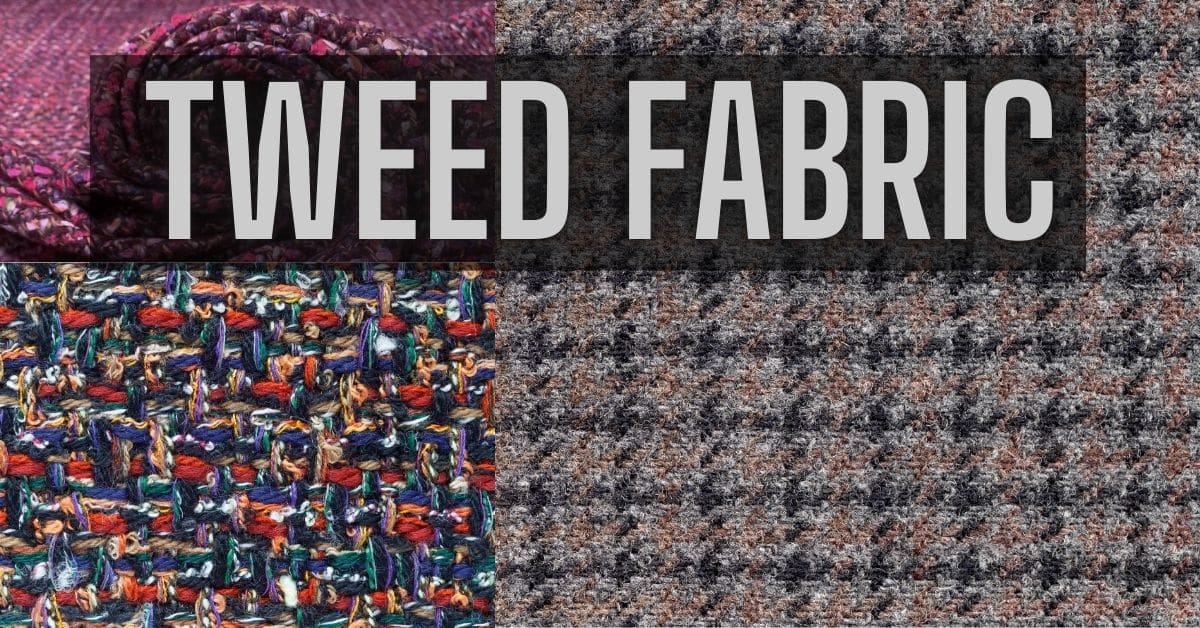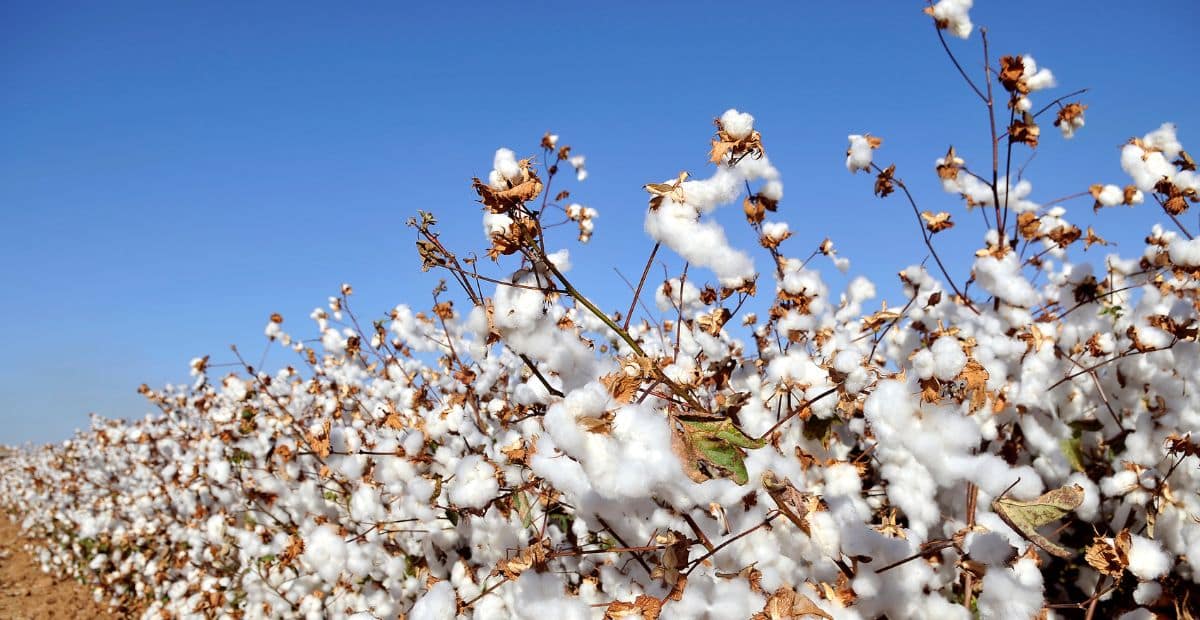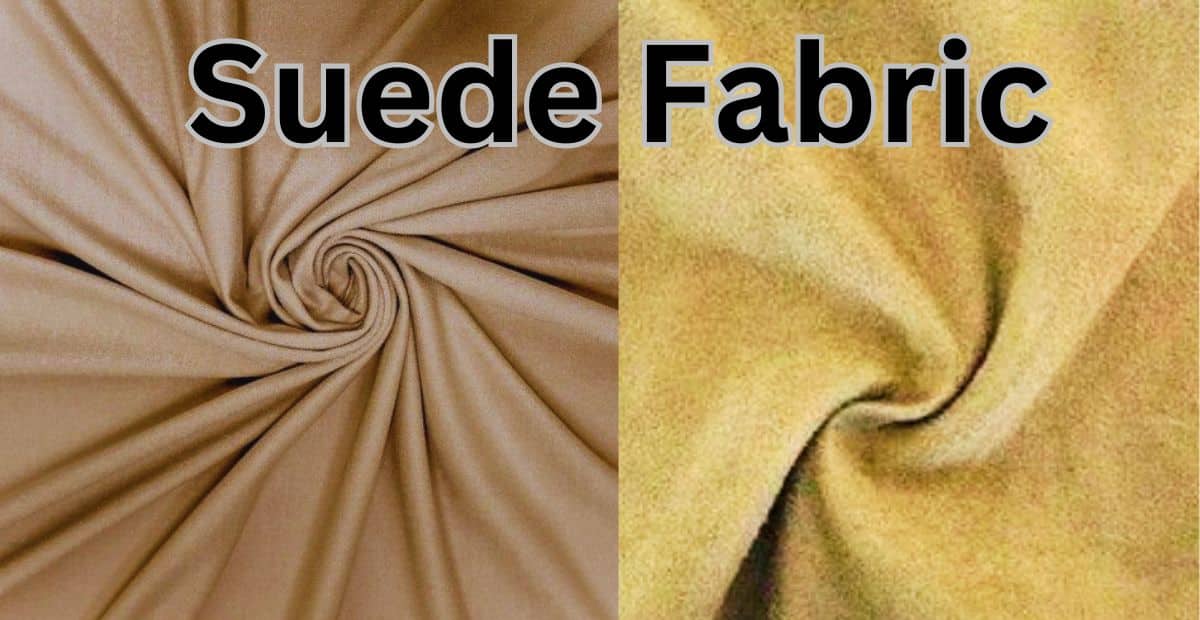Organic cotton is a natural substitute for regular cotton, which comes from the same plants, but is grown in environmentally responsible and ethical ways. It is produced without synthetic pesticides, artificial fertilisers or genetically engineered organisms (GMOs). ① ②
Such production strategies focus on sustainable and environmentally benign, biodiversity-friendly practices.

Brief Intro of organic cotton
Organic cotton is grown free from synthetic or artificial chemicals such as fertilizers and pesticides. Farmers of this cotton do not use any chemicals and the cultivation of cotton is done in a natural way without disturbing the environment and the biodiversity. The entire process of producing organic cotton is done in a fully controlled environment where strict guidelines are followed as prescribed by the certification bodies.
To be ‘organic’, cotton must meet certain standards, such as soil management and non-GMO seeds, as well as crop rotation. pure cotton farming is more than just an agriculture of chemicals: it is a holistic agricultural practice that supports the whole ecosystem.
The Properties of Organic Cotton
Organic cotton is used for more than one reason, the fewer is described below:
1.Versatile and Durable:
Chemical free fibers are long and strong, compatible with leading dyes and printing techniques, thus producing a soft, durable fabric. It also gives way to new applications such as interior textiles – carpets, furnishing and mattresses.
2. Airy and Absorbent:
A very interesting and well-loved attribute of organic cotton happens to be its airyness – it allows air to circulate through making you feel comfortable and helping you avoid excessive sweating. This is highly absorbent as well, which comes handy living in hot climates or for being generally active.
3. Hypoallergenic:
This fabric suitable for the sensitive skin, since it reduces the irritations linked to its use in people who are hypoallergic. The fact that its production is chemical-free may reduce allergy exacerbation, and would favour the health of the skin.
4.Biodegradable:
Because crude cotton is all natural, it is biodegradable. When thrown away, the biodegradable nature of organic cotton paper will break it down leaving no toxic imprints as when plastic products are thrown away.
5. Long-lasting:
Chemical free cotton fibers are sturdier than regular cotton and thereby organic cotton products tend to last longer than regular cotton products, providing more value to consumers.
Non-GMO
Organic cotton is grown from non-genetically modified seeds, which supports biodiversity and reduces the risk of genetic contamination. ③
Cultivation and Processing of Organic Cotton
Organic cotton farming employs sustainable methods that differ significantly from conventional cotton production:
Selection of Seeds
Getting organic cotton starts with the seeds being carefully chosen. Growers select non-GMO (non-genetically modified organism) seeds that keep the crop organically healthy. These seeds are typically heirloom seeds, naturally resistant to insects and diseases. In choosing these tough seeds, farmers prepare the seeds for a robust, healthy harvest without resorting to synthetic fertilisers.
Soil Preparation
Then there’s the soil, at the core of organic gardening. In order to give the land its nutrients, farmers rely on organic compost, green manure and organic fertilisers. These green technologies replenish nutrients and restore soil structure, allowing it to hold water more effectively. The soil is therefore healthier and better suited to supporting productive, vigorous plants.
Pest and Weed Management
Organic cotton farming also puts weeds and pests in its back pocket through chemical-free pest management. Farmers replace pesticides with natural remedies such as neem oil or employ natural pest control, including introduced insects. Weeds are weeded by hand, and rotations are used to maintain a healthy field and eradicate weeds. These proactive practices not only keep pests in check, they also ensure biodiversity.
Irrigation for Organic Cotton
In terms of watering the crops, organic cotton production is water-efficient. Farmers use techniques such as rainwater collection and drip irrigation that allow the plants to receive the water they need while reducing waste. By preserving this natural resource, farming of this fabric protects the environment and encourages the plant to thrive.
Harvesting of Organic Cotton
Cotton is delicate and is sometimes picked by hand so that the fibres can stay pure. In contrast to machine harvesting, which can disfigure the cotton or add pathogens, hand-picking leaves the fibres intact and clean. It is all about keeping the natural integrity of the cotton in check, without the aid of synthetic or chemical processing. Such extra work does not only keep the fibre soft and robust but also gets it on to the next stage as pristine as possible, an ideal material for sustainable textile production.
Cleaning and Ginning
When the cotton is harvested, it is thoroughly cleaned. That means picking, handpicking away natural materials such as dirt, leaves, and twigs that could have fallen while picking. After it has been cleaned, the cotton is sent for ginning, where the fibres are separated from the seeds. Ginning is a mechanical process that uses no harsh chemicals or synthetics. It gives us crisp, silky cotton fibres that are ready to go, and the seeds are often re-used in other applications, making it ecologically sound.
Spinning process of Organic Cotton
After the cotton is cleaned, it’s spun into yarn. Here the unwoven fibers are stretched and twisted to make a flat, uniform thread. Spinning is controlled to make it as environmentally friendly as possible. Spinning machines run on natural oils that prevent synthetics from fouling up the cotton and preserve its natural suppleness. It gives us a dense, long-lasting yarn with an ultra-smooth feel that can be knitted into comfort-focused, sustainable fabrics.
Dyeing and Finishing
It’s in the dying process that the cotton takes on its vivid hues, but sustainability is a constant. We use natural or environmentally friendly dyes, carefully chosen for their sustainability and free of toxic chemicals. This not only avoids water pollution, but also makes the finished fabric soft to the touch. Once dyed, the material undergoes eco-finishing to improve the texture, resistance to wrinkles, and strength of the fabric. These practices eliminate harmful chemicals such as formaldehyde, leaving a safer, greener product that is friendly to the environment and the person who comes into contact with it.
Fabric Weaving or Knitting
This is where the natural yarn is woven or knitted into cloth. All these operations are carried out in environmentally sound processes that maximise efficiency and reduce waste. Modern machinery is often employed to reduce energy use, and residual materials are recycled as much as possible. Whether it is a fine knit or a smooth woven fabric, every single one of these is designed and hand-crafted to honour the ideals of organic fabric production. They care not only about the quality, but also about lowering the overall environmental footprint.
Process of Quality Control for Organic Cotton
Organic cotton is certified and checked before it reaches our consumers, ensuring the highest possible standards. Certifications from standards such as the Global Organic Textile Standard (GOTS) prove that every production phase meets stringent environmental, social and quality standards. These certifications are more than just badges: they are testimony to the moral and environmentally sustainable process through which the cotton has moved. Along with certification, strict quality inspections are conducted to ensure the hardness, texture, and overall quality of the final product, ensuring buyers are confident in their sustainable choice.
Processing
The processing of organic cotton into textiles involves methods that minimize environmental impact:
Textile Processing:
Non-toxic dyes and finishing agents are used, which are less harmful to both the environment and human health ④.
Certification and Traceability:
Organic cotton products are often certified to traceability standards such as the Textile Exchange Organic Content Standard (OCS) and GOTS. These certifications verify that the cotton in a final product is indeed organic and that it has been processed in an environmentally friendly manner ⑤.
Uses of Organic Cotton
Organic cotton can be used in a wide variety of applications. The top 3 uses are detailed below:
Organic cotton in Clothing and Apparel
Probably most of the use of this fabric is in clothes and home textile. Organic cotton T-shirts, jeans and other types of clothes have been gaining popularity in recent years, as it is very soft and comfortable and easy to breathe. it is an ideal option for people who have sensitive skin because it is soft and gentle on the skin. Many people like to wear clothes made of this type of cotton to look stylish. Some parents also prefer their babies to wear pure cotton baby clothes because it is hypoallergenic so it would be suitable for them.
Organic cotton in Home Textiles
It is widely used also in home textiles. For example, bed sheets, towels and curtains are often made of chemical free cotton. It’s absorbent and long-lasting so these items are very good for such use, with a good quality and comfort anti also with a long duration of use.
Organic cotton in Personal Care Products
This cotton has also spread in the personal care consumption sector, especially cotton balls, swabs and reusable facial pads, which can adsorb impurities in new cotton products. As this cotton has more pure natural elements, so it is more popular for personal care with slight environmental damage.
Organic cotton in Medical Products
Even the medical industry needs a piece of organic cotton. A lot of organic cotton products are used in medical products such as gauze and bandages. Its hypoallergenic nature make them suitable for patients who has sensitive skin and allergies.
Challenges and Considerations
There are various advantages but also concerns about organic cotton. These may influence how it’s used and whether it should be bought:
Higher Cost
One of these difficulties is that organic cotton is more expensive to grow and produce, partly due to the higher costs for labour-intensive processes and smaller farms. But some consumers are willing to spend the extra money as they consider the environmental and ethical their higher prices.
Limited Availability
Since organic cotton accounts for very little world cotton production, it is also relatively scarce. There are problems for manufacturers who want to incorporate it into products because of its limited availability. Nonetheless, with rising demand there is an increase in the number of farms growing cotton in an organic way.
Risk of Contamination
Organic cotton can become contaminated by nearby conventional farms. The closer the proximity, the more likely the cotton fields are to be contaminated with pesticides or GMOs that could endanger the organic integrity of the cotton crop.
Benefits and Potential Drawbacks of Organic Cotton
Benefits:
- Environmental Benefits: Reduced chemical use, biodiversity preservation, and lower water pollution ⑥.
- Health Benefits: Safer for farmers due to the absence of toxic chemicals, and hypoallergenic properties for consumers.
- Economic and Ethical Benefits: Fair labor practices ensured by certifications like GOTS, and support for local economies.
- Product Quality: Organic cotton products tend to be more durable as they are not weakened by harsh chemicals used in conventional cotton processing .Here you can read the benefits of organic cotton in detail.
Potential Drawbacks
- Lower Yields: This fabric typically has lower yields than conventional cotton, potentially requiring more land and resources .
- Higher Costs: Natural cotton is generally more expensive due to higher production costs and lower yields .
- Limited Availability: Fabric made with natural fabric accounts for less than 1% of global cotton production, making it less available and often more expensive.
- Quality Perceptions: Some experts argue that organic cotton is not necessarily softer or of higher quality than conventional cotton, as quality depends more on fiber length than farming method ⑦.
Recent Developments in Organic Cotton Research
Technological Advancements and Innovations
Recent years have witnessed significant technological progress in organic cotton farming and processing, aimed at enhancing sustainability, efficiency, and environmental impact.
Advanced Farming Techniques
Regenerative Agriculture:
Organic cotton farming is increasingly adopting regenerative agriculture practices, which focus on restoring soil health and increasing biodiversity. These methods include:
- Crop rotation
- Cover cropping
- Reduced tillage
These practices not only enhance cotton quality but also contribute to a more sustainable farming system by sequestering carbon and improving soil fertility.
Precision Agriculture:
The integration of technology in organic cotton farming has led to more precise and efficient practices:
- Use of drones and satellite imaging for crop health monitoring.
- Optimization of water usage
- Precise application of natural inputs
These technologies help reduce waste and minimize the environmental impact of organic cotton production .
Eco-Friendly Processing
Methods
Waterless Dyeing
Innovations in dyeing processes are addressing the high water consumption and wastewater generation associated with traditional methods:
- Supercritical CO2 dyeing
- Digital printing
These techniques achieve vibrant colors without the environmental drawbacks of conventional dyeing, aligning well with the eco-friendly attributes of organic cotton.
Biodegradable Finishes
The industry is moving towards more sustainable finishing processes:
- Development of biodegradable and non-toxic finishes.
- Enhanced performance and longevity of organic cotton fabrics while maintaining environmental friendliness.
Circular Fashion and Recycling
Recycling Organic Cotton
- Efforts to create a more circular fashion economy include:
- Improved technologies for textile recycling
- Efficient breakdown and reprocessing of organic cotton fabrics
- Reduction of waste and extended lifecycle of materials “Read How Organic cotton is changing the fashion Industry“
Upcycling and Repurposing
Creative approaches to waste reduction in the organic cotton industry include:
- Using organic cotton scraps and discarded garments to create new products
- Adding unique touches to each item while minimizing waste.
Innovations in Organic Cotton Blends
The industry is exploring new fabric blends to enhance the properties of organic cotton:
- Combining organic cotton with sustainable fibers like hemp or Tencel
- Creating fabrics that are durable, soft, breathable, and moisture-wicking
How we see the Future this natural Cotton
If growing demand for sustainable products continues, and more consumers are willing to pay the premium for them, the future for organic cotton looks bright. Advances in technology and techniques for cultivation (particularly better pest management and more efficient irrigation) might also enable it to overcome some of its present disadvantages and indeed to become more sustainable.
Further more, the manufacturers can also increase their demand for organic cotton as the consumers become more aware and prefer the more green products. This can in turn bring in more farmers to produce organic cotton.
In Summary
Organic cotton is described as a natural, versatile and eco-friendly material for both consumers and plants. It offer multifunctional features such as breathability, hypoallergenicity and biodegradability, which are perfect for clothing and home textiles, personal hygiene, and health products by consumers. Meanwhile, environmentally and ethical benefits of organic cotton also indicate has become more popular on
Although higher cost and availability remain an issue, the future looks bright for organic cotton, as long as consumer awareness and demand for greener products continues to grow. Buying organic cotton means that you are helping the environment and the workers. So next time you need clothing or home textiles, look for organic cotton!
Citations
1.Meyers, Bilow, Elyse. ‘Textiles 101: Cotton versus Organic Cotton’. _The Pacific Trail_, Continental, Inc. Retrieved 2 October 2023.
2. “Organic Cotton: Benefits and Uses.” _Better Cotton Initiative_ (BCI). Accessed October 3, 2023.
Quotes/Fonts
1. ‘The cultivation of organic cotton offers a viable means for practicing a traditional subsistence agriculture.’ – Pacific Trail
2. ‘Organic cotton makes for healthier ecosystems … and better all-round comfort for you.’- Better Cotton Initiative, 2012
















